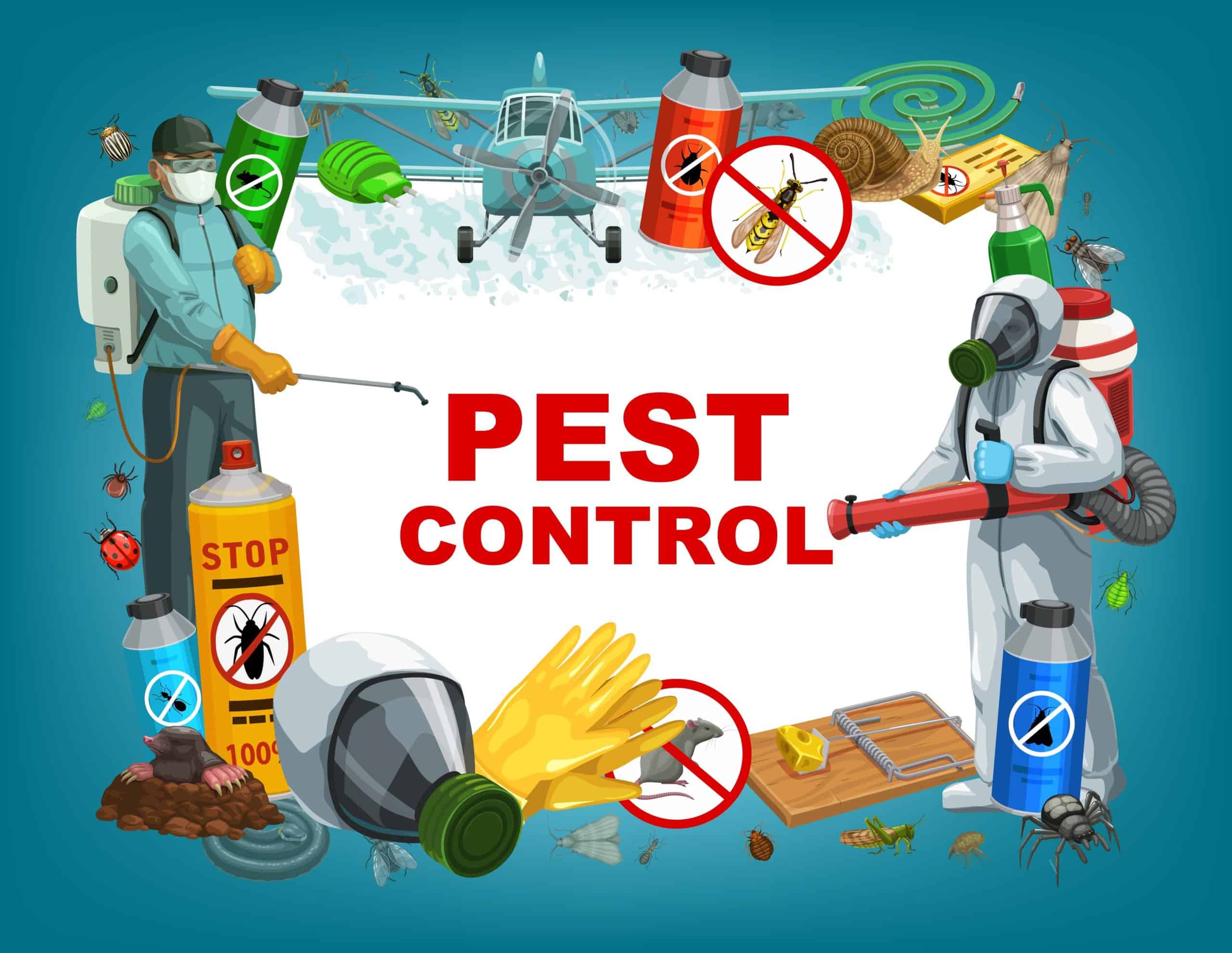High Quality A1 Pest Control Services Charlotte - Secure Your Home
High Quality A1 Pest Control Services Charlotte - Secure Your Home
Blog Article
Bed Pest Therapy Breakdown: Contrasting Chemical Vs. Non-Chemical Solutions
In the realm of bug control, specifically when handling the relentless problem of bed insects, the option between chemical and non-chemical treatment remedies can be an essential one. Both methods offer distinctive advantages and downsides, influencing aspects such as effectiveness, safety and security factors to consider, and general cost. By taking a look at the nuanced information of each method, a more clear understanding of which path to pursue in attending to a bed bug invasion can be achieved.
Efficiency of Chemical Therapies
Chemical treatments for bed insect problems have actually been widely acknowledged for their powerful and quick effectiveness in getting rid of these parasites. When considering the performance of chemical treatments, it is essential to recognize that they can supply a fast and detailed solution to a bed pest trouble. Expert pest control specialists usually rely upon pesticides to target bed insects at different phases of their life process, consisting of eggs, nymphs, and adults. These chemicals typically work by disrupting the bed bugs' nerve system, leading to paralysis and eventual fatality.
In addition, chemical therapies have the benefit of supplying residual effects, implying that they can proceed to get rid of bed bugs even after the first application. This residual action is specifically useful in combating any kind of prospective re-infestations. Additionally, the rapid action of chemical treatments can bring relief to individuals encountering serious bed insect invasions, allowing them to restore control of their home rapidly.
Security Worry About Chemical Solutions
One critical aspect that calls for cautious consideration when utilizing chemical remedies for bed pest therapy is making sure the security of passengers and the setting. Direct exposure to specific chemicals made use of in bed pest treatments can lead to breathing concerns, skin inflammation, or various other negative reactions, specifically in people with pre-existing problems or sensitivities.
In addition, the environmental effect of chemical services is another substantial factor to consider. Some pesticides utilized in bed bug therapies might be harmful to beneficial pests, wildlife, and communities if they seep right into the dirt or water systems. It is important to use chemical treatments sensibly, adhering to security guidelines, and thinking about much less toxic alternatives to alleviate these dangers and ensure the efficient and safe monitoring of bed pest invasions.
Advantages of Non-Chemical Approaches
Considering the potential safety and security problems and environmental influence linked with chemical solutions for bed insect treatment, exploring non-chemical methods provides a promising option with a number of unique benefits. Non-chemical therapies are ecologically pleasant, as they do not add to air or water air pollution, making them a lasting choice for insect control.
Additionally, non-chemical options can be reliable in targeting bed pests, consisting of hard-to-reach areas where chemical therapies may not pass through - A1 charlotte bed bug exterminator. Approaches such as warm treatment, vacuuming, steam cleaning, and mattress encasements offer detailed obliteration without the use of dangerous chemicals.
Limitations of Non-Chemical Treatments

In addition, non-chemical therapies typically require multiple applications to achieve successful eradication. This can be taxing and might not always ensure full elimination of all bed insects and their eggs, especially in hard-to-reach or hidden places.
Moreover, the success of non-chemical treatments greatly depends on appropriate application and thoroughness, which can be challenging for people without specialist knowledge. Poor application of non-chemical methods might lead to incomplete elimination, leading to consistent infestations and the need for extra therapies.
As a result, while non-chemical therapies have their advantages, it is important to recognize these constraints and consider them when figuring out the most reliable technique for managing bed insect infestations.
Cost Comparison: Chemical Vs. Non-Chemical Options
Provided the constraints linked with non-chemical therapies, a vital element to evaluate in the context of bed bug management is the cost contrast between chemical and non-chemical alternatives. In contrast, non-chemical treatments like warm treatment or heavy steam can be a lot more costly, with costs ranging from $1,000 to $6,000 for an entire home. While the preliminary expense of chemical therapies might appear lower, multiple treatments may be called for to completely eradicate the problem, possibly enhancing the total cost.
Conclusion

Thinking about the prospective security issues and environmental impact linked with chemical services for bed pest treatment, discovering non-chemical strategies provides an encouraging option with several distinct benefits.Offered the restrictions linked with non-chemical therapies, an essential facet to evaluate in the context of bed bug administration is the A1 pest control charlotte nc bed bugs cost contrast in between chemical and non-chemical options. In contrast, non-chemical treatments like warmth treatment or vapor can be a lot more costly, with costs varying from $1,000 to $6,000 for an entire home. While the preliminary price of chemical therapies may appear reduced, numerous treatments may be needed to totally eradicate the invasion, potentially raising the overall price.In conclusion, when contrasting chemical and non-chemical bed pest treatment options, it is essential to take into consideration efficiency, safety, advantages, limitations, and cost.
Report this page